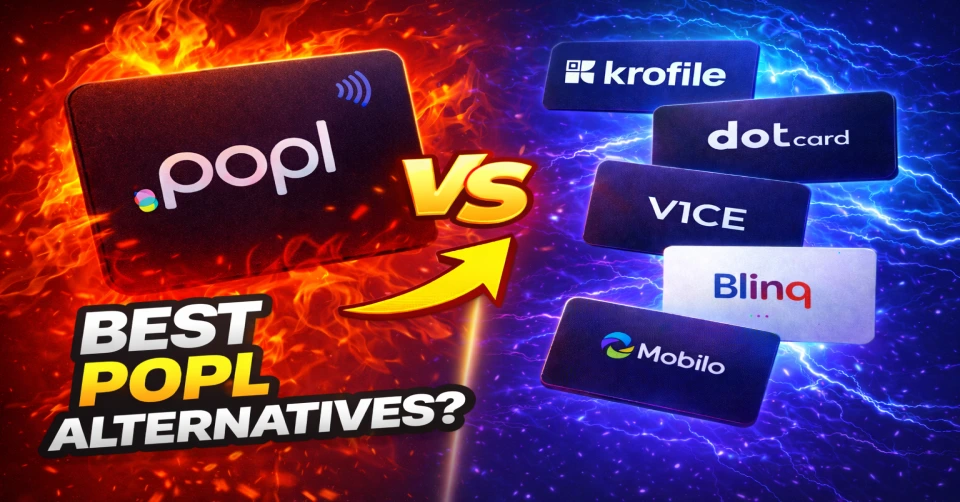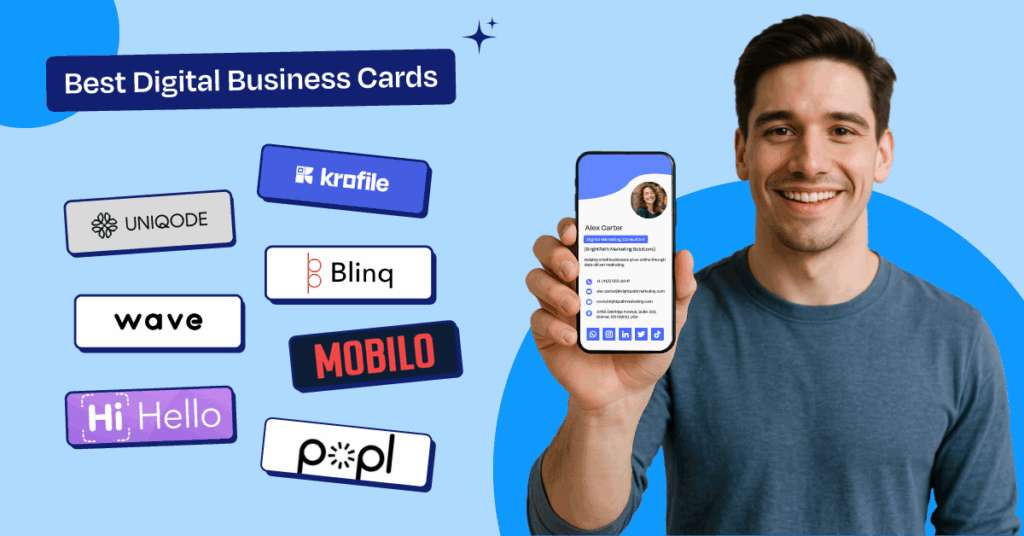I’ve seen it too many times — small business owners hustle hard to get new customers but forget the ones who already trusted them. You run ads, answer calls, and fill appointments, yet weeks later, those same customers disappear.
The truth? Getting new customers isn’t the hard part anymore — keeping them is. And it’s quietly costing more than you realize. Studies show acquiring a new customer costs five times more than retaining one.
From cafés in Austin to salons in Miami, I’ve watched businesses transform just by focusing on retention — not reach.
In 2025, customer loyalty isn’t a luxury; it’s your biggest competitive edge. Let’s talk about how to build it.
What is Customer Retention?
If I had to put it simply, customer retention is about keeping the people you’ve already worked hard to win. It’s not just about loyalty cards or reward programs—it’s about creating such a good experience that customers want to come back.
Here’s how I explain it to most business owners: customer retention is your ability to turn one-time buyers into regulars who keep choosing you over the competition.
And the numbers back it up—a 5% boost in retention can increase profits by 25–95%.
That’s massive. Because once you’ve earned a customer’s trust, every return visit costs you nothing in advertising.
Now that we know what it means, let’s talk about why it’s become the survival skill every small business needs in 2025.
Why Customer Retention Matters More Than Ever in 2025
Now that you know what customer retention really means, let’s talk about why it matters more today than ever before.
Here’s the reality: customer loyalty isn’t what it used to be. People have endless options, unlimited ads chasing them online, and attention spans shorter than ever. In 2025, you’re not just competing with the shop across the street—you’re competing with the internet.
Ad costs are rising, customer expectations are higher, and algorithms change faster than we can keep up. So, if your only plan is to “get new customers,” you’re already behind.
The smartest small businesses I’ve worked with—from barbershops in Dallas to fitness studios in Miami—are thriving because they focus on keeping customers. It’s predictable, profitable, and personal.
And here’s the kicker: when you retain just 5% more customers, your profits can jump by up to 95%. That’s not growth—it’s leverage.
But before we dive into the strategies to make that happen, we first need to know how to measure if your efforts are actually working.
Key Customer Retention Metrics and How to Calculate These
Now that we know why retention is the secret growth lever, let’s make it measurable. Because here’s the truth: you can’t fix what you don’t track.
Most small business owners I talk to say, “We just know our regulars.” But gut feeling isn’t data. Retention only improves when you measure it—plain and simple.
So, let’s go over a few key metrics that every local business should know. Don’t worry, they’re simpler than they sound.
Customer Retention Rate (CRR)
This one tells you how good you are at keeping customers over time. Here’s the formula:

Where:
- E = Customers at the end of a period
- N = New customers gained
- S = Customers at the start
Example: If you started January with 100 customers, gained 20 new ones, and ended with 90, your retention rate is 70%.
It’s a quick pulse check—anything above 60% is a good starting point for most small businesses.
Customer Churn Rate
Think of this as the opposite of retention. It’s the percentage of customers you lost during a specific time.

If your salon had 100 customers and lost 10 last month, your churn rate is 10%. Tracking this helps you spot when customers are slipping away—before it becomes a pattern.
Customer Lifetime Value (CLV)
This one is my favorite because it helps you understand how much a customer is really worth over time.

For example, if your café sells $20 meals and someone visits twice a month for a year, that’s $480 per customer annually.
Once you see that number, you’ll never treat a returning customer the same way again.
Referral Rate
Retention isn’t just about keeping customers—it’s about how often they bring new ones.

If 2 out of every 10 new clients came through a referral, that’s a 20% referral rate—and a clear sign of loyalty.
When you track these four numbers, patterns start to appear. You’ll know who your loyalists are, what’s driving repeat visits, and when it’s time to step in before someone walks away.
Now that we know how to measure success, let’s talk about the real action part—how to actually increase customer retention in 2025.
10 Strategies to Increase Customer Retention
Now that we’ve covered the metrics, let’s get to the good stuff — the action part.
I’ve seen dozens of small business owners double their revenue not by finding more customers, but by keeping the right ones longer.
Here’s how they do it. 👇
1. Simplify the Post-Purchase Follow-Up
Here’s the thing—most customers don’t leave because they are unhappy. They leave because they forget.
No reminder. No thank you. No follow-up.
The best small businesses I’ve worked with always have a simple follow-up rhythm. A short text saying, “Hope you loved your visit—see you next month?” works wonders.
You can automate this or do it manually—what matters is timing.
Let’s be honest: people are busy. So, if you stay top of mind at just the right moment, you’ll turn casual buyers into repeat customers without feeling pushy.
2. Make Contact Effortless
If customers have to dig through old receipts or emails to reach you, you’ve already lost them. Every touchpoint—from your Google Business Profile to your social media bios—should make it effortless to call, message, or book.
Here’s what I tell every local business owner: pretend you’re your own customer. Can you find yourself in two clicks? If not, it’s time to fix that.
Digital access is the new business card—only faster, cleaner, and easier to save. When customers can contact you in a single tap, you’ve already improved retention without even realizing it.
3. Collect Reviews and Showcase Social Proof
People don’t believe in marketing; they believe in other people. That’s why reviews are retention gold.
But here’s where most businesses mess up—they ask for reviews too late (or not at all).
The best time? Right after a happy moment. When the haircut looks perfect, when the meal’s still warm, when the project’s freshly done.
Now, how do you make it easy?
That’s where tools like Krofile come in. It lets customers scan a simple QR and instantly leave reviews on Google, Yelp, or Facebook—no links or searching needed.
And here’s the magic: those same reviews don’t just attract new buyers; they remind your current ones why they chose you in the first place.

4. Personalize Every Customer Touchpoint
We all love being remembered, don’t we? A simple “Happy Birthday, Sarah!” or “Your usual coffee today?” goes a long way.
Personalization isn’t about fancy CRM software—it’s about making customers feel seen.
If you run a salon, note their favorite stylist. If you own a café, remember that oat milk order.
When people feel noticed, they start seeing you as “their” place—not just another business.
That’s real retention.
5. Create Loyalty & Rewards That Actually Work
Let’s be real—most loyalty programs are boring. “Buy 10, get 1 free” doesn’t make anyone’s heart race.
Customers crave fun, instant rewards, and a reason to come back soon.
One of my favorite examples is a coffee shop that introduced a QR-based “spin-to-win” wheel—free muffin, 10% off, or double points. Simple, but irresistible.
And guess what?
Platforms like Krofile make this effortless. You can run these promotions right inside your digital business card—customers scan, play, and share your offer.
It turns loyalty from something they forget into something they look forward to.
6. Capture Real-Time Feedback (Before It Goes Public)
Ever noticed how customers rarely tell you when they’re unhappy—but they’ll happily tell Google?
That’s the danger zone.
Instead, give them a private, easy outlet to vent or share thoughts. A short QR feedback form near your checkout or restroom can help you fix small issues before they go public.
One restaurant I worked with cut negative reviews by half just by asking, “How was your visit today?” right on-site.
Catching feedback early keeps relationships intact—and reputation solid.
7. Stay Consistent in Experience and Service Quality
You could have the best product in town—but if the experience fluctuates, customers won’t risk disappointment.
Retention thrives on predictability.
That’s why training and SOPs (standard procedures) matter more than fancy ads.
Your goal is simple: whether it’s Tuesday morning or Saturday rush hour, the customer should always get the same level of care.
Consistency builds trust. And trust keeps wallets open.
8. Respond Fast—Speed Builds Trust
You’d be surprised how many customers leave just because nobody replied fast enough. A message left unseen feels like rejection in 2025.
Quick responses—even automated ones—show customers valued. When someone inquiries about a booking or quote, a fast “Got it”! We’ll reach out soon” can make the difference between losing them and keeping them.
Speed is the new service quality.
9. Tell Your Brand Story & Build Emotional Connection
Let’s be honest, people don’t remember discounts, they remember stories.
Your “About” section shouldn’t just say what you do; it should say why you do it.
I’ve seen barbers, bakers, and even car mechanics win lifelong fans by sharing their journeys.
Maybe it’s how your family started the business, or why you care so much about your craft. When customers know your “why,” they become emotionally invested—and that’s a loyalty no coupon can buy.
10. Track & Improve Using Data and Analytics
Finally, retention isn’t guesswork. It’s science.
You can’t just assume people are happy because they smiled on their way out.
Track visits, reviews, and repeat purchases to spot what’s working. For example, if your profile link or offer gets more clicks on weekends, double down then.
Data turns intuition into insight—and insight into income. The businesses that measure win. The ones that don’t hope for.
When you combine all these, you’ll start to notice something magical: your business becomes easier to run, marketing feels lighter, and growth feels natural again.
Now, let’s look at a few real-world examples of small businesses that turned retention into revenue.
5 Customer Retention Examples for SMBs
Talking about “strategies” is great—but seeing them in action? That’s where things click.
Here are a few examples that always remind me how powerful simple, consistent retention really is.
1. Starbucks – Turning Coffee into a Habit
I know, Starbucks isn’t small—but their retention game is worth studying.
They don’t just sell coffee; they sell consistency and personalization. Every visit feels familiar, and every order is remembered.
Their mobile app is the secret weapon—loyalty stars, pre-orders, and personal offers keep customers hooked. But more than that, it’s the daily ritual.
When your brand becomes part of someone’s morning routine, you’re not just retaining customers—you’re owning a piece of their day.
That’s the kind of connection small cafés can mirror—maybe with a loyalty QR or a simple “free muffin after 5 visits” campaign.
2. Chick-fil-A – Retention Through Service, Not Just Sandwiches
Here’s the thing—people don’t rave about Chick-fil-A’s prices; they rave about how they’re treated.
Every “My pleasure” is backed by real consistency. Their customer service has become their marketing.
I’ve seen local restaurants apply the same principle: remember names, greet repeat customers, and mean it.
Chick-fil-A proved something important—you can’t automate sincerity.
When customers feel genuinely cared for, they stay loyal, even when competitors are cheaper or closer.
3. Warby Parker – Loyalty Built on Trust and Transparency
When Warby Parker started shaking up the eyewear industry, they didn’t just compete on price—they competed on experience.
Their “Home Try-On” program removed friction and fear. Customers could test 5 frames at home for free—no pressure, no awkward upsell. That move did two things at once: built trust and boosted referrals.
It’s a great reminder that retention doesn’t always come from rewards—it often comes from removing anxiety.
For small service-based businesses, that could look like flexible scheduling, transparent pricing, or a “no-questions” satisfaction guarantee.
It tells your customer, we’ve got you covered.
4. Trader Joe’s – Making Grocery Shopping Feel Personal
Trader Joe’s could easily be another grocery chain—but walk into any location, and it feels different.
Friendly cashiers, handwritten signs, tasting corners, and quirky copy on packaging—it’s human.
They’ve mastered the art of turning routine errands into little moments of delight.
People don’t just shop there because it’s cheap or convenient—they shop there because it’s pleasant.
Every local business can learn from that: find small ways to make your customer smile. Maybe it’s a thank-you note in their bag, or a surprise discount for regulars.
Retention doesn’t always need big budgets—sometimes, it’s just thoughtful design.
5. A Local Miami Salon – Retention With Personal Touch and Follow-Ups
Let me end with a small business example, because honestly, this one’s, my favorite.
A salon owner in Miami I once consulted had a steady flow of walk-ins but struggled to keep them.
Her fix? She added a simple follow-up text system. Every client got a thank-you message two days later, plus a “next appointment” reminder three weeks out.
Within three months, her repeat visits jumped 35%—and her ad spend dropped by half.
No fancy CRM. No agency. Just care, timing, and communication.
That’s the beauty of customer retention: it’s not about being huge—it’s about being human, consistent, and easy to remember.
If you look closely, every one of these examples shares the same core truth:
They didn’t win customers by shouting louder—they kept them by listening better.
And that’s something every small business can start doing today.
Get Your Customer Retention Game Right
At the end of the day, customer retention isn’t about complicated systems or massive budgets—it’s about consistency, connection, and care.
I’ve seen businesses of every kind grow faster simply by focusing on the people who already trust them. When you make it easy for customers to remember you, reach you, and feel valued, they’ll keep coming back—and they’ll bring others with them.
So, if you’re wondering where to start, don’t overthink it.
Follow up. Ask for feedback. Say thank you.
Because the truth is, the best marketing you’ll ever do is taking care of the customers you already have.





![8 Best Christmas Marketing Ideas for SMBs to Boost Sales [2025]](https://krofile.com/blog/wp-content/uploads/2025/12/Christmas-Marketing-Ideas.webp)


